D
DarkRange55
We are now gods but for the wisdom
- Oct 15, 2023
- 2,154
Just a few small example of how buildings have changed over relatively recent time.
Old buildings (1800's) wiring was an add on (since electricity was new) so it was external and wrapped around glass or ceramic insulators and nails every few feet and the wire was a wrapped in cloth (not always insulation, rubber wasn't really introduced until the early 1900's. Metal conduit became more common in the 1930's and 40's. Then by the 50's and 60's plastic insulation like PVC became more common).
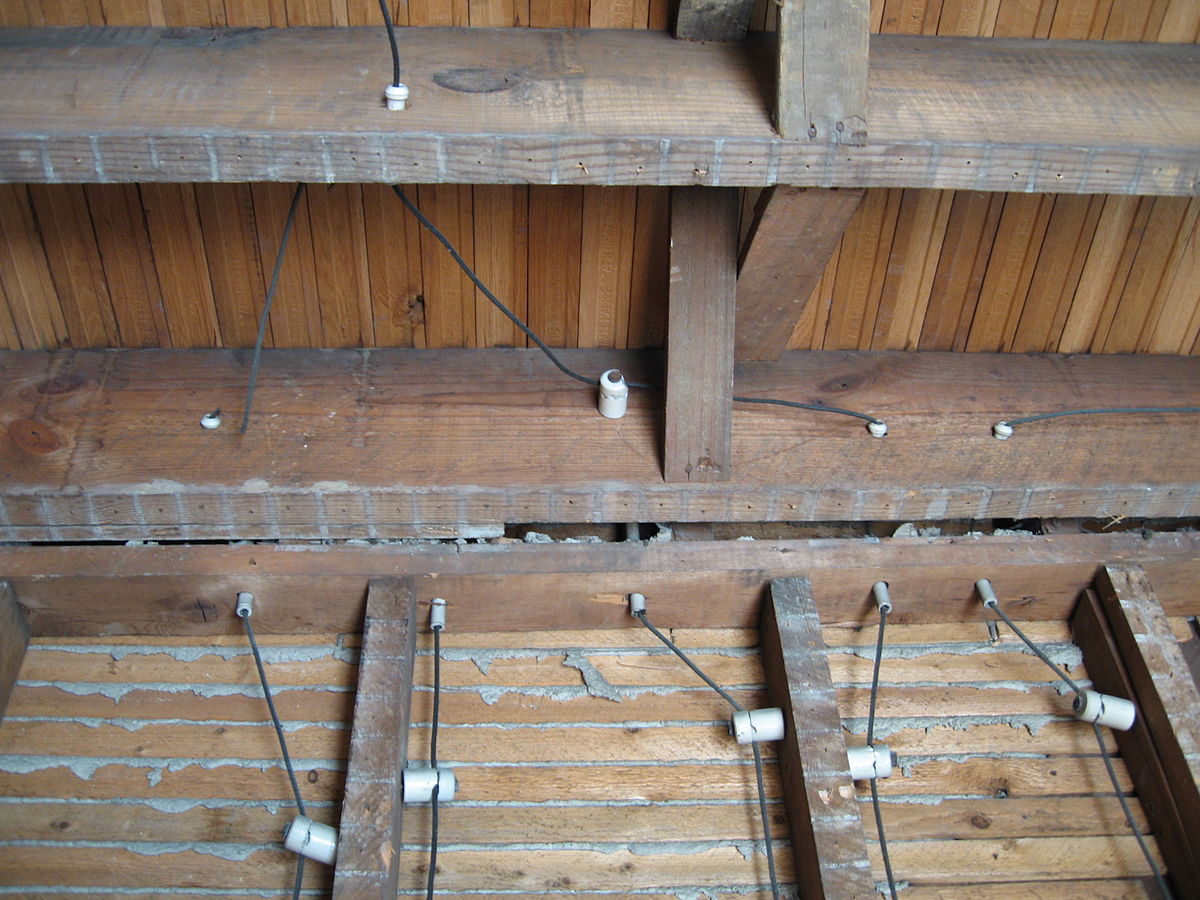
 en.wikipedia.org
Old buildings had to be retrograded because neutral wires used to be super small and now with the current NEC (National Electrical Code), they have to be the same size as the phase conductors (hot wire) because it was assumed to carry less current.
en.wikipedia.org
Old buildings had to be retrograded because neutral wires used to be super small and now with the current NEC (National Electrical Code), they have to be the same size as the phase conductors (hot wire) because it was assumed to carry less current.
Most loads at the time were resistive. Simple motor loads and incandescent bulbs use more resistance. (As plug prongs become more corroded they develop more resistance (like a feedback loop)).

 en.wikipedia.org
Older systems often relied on linear power supplies with large transformers, which did not create significant harmonic currents. But modern electrics like LEDs (light emitting diodes), computers, chargers, ect. use switching power supplies. These can generate significant harmonic currents, which can increase the current on the neutral wire. Harmonics are currents at multiples of the fundamental frequency (60 Hz in the US) and can cause additional heating in wires.
en.wikipedia.org
Older systems often relied on linear power supplies with large transformers, which did not create significant harmonic currents. But modern electrics like LEDs (light emitting diodes), computers, chargers, ect. use switching power supplies. These can generate significant harmonic currents, which can increase the current on the neutral wire. Harmonics are currents at multiples of the fundamental frequency (60 Hz in the US) and can cause additional heating in wires.
So they had to run more conductors (more wires) through buildings.
Unbalanced current in a service flows back to the transformer in the neutral wire. If loads in a building are perfectly balanced across the hot legs (very hard to do unless all the load is 3 phase motors), no current flows in the neutral conductor.
https://en.wikipedia.org/wiki/Switched-mode_power_supply
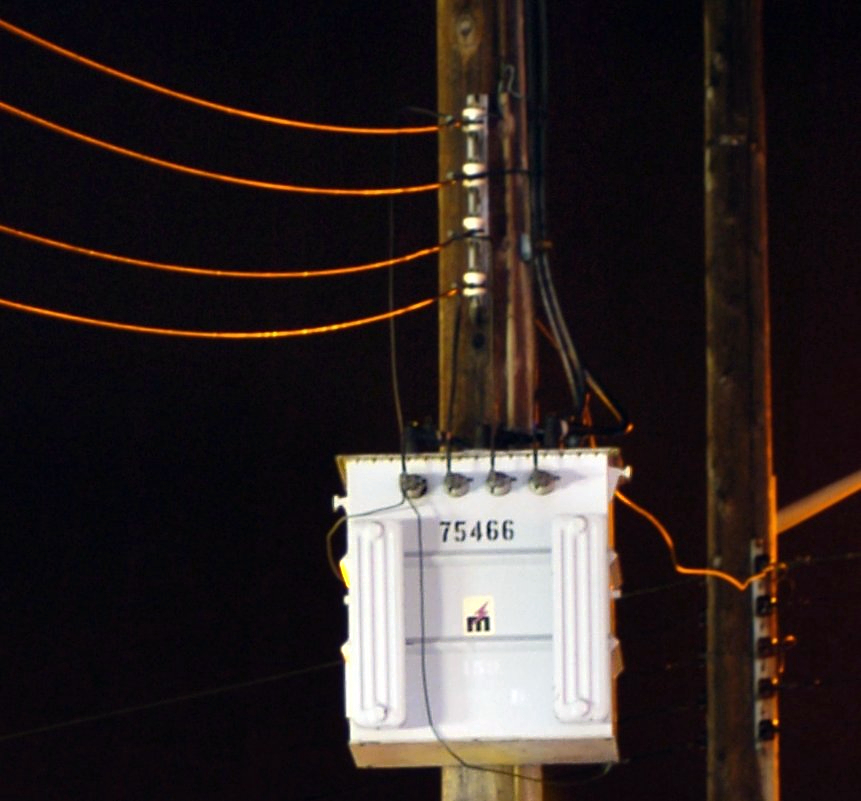
 en.wikipedia.org
en.wikipedia.org
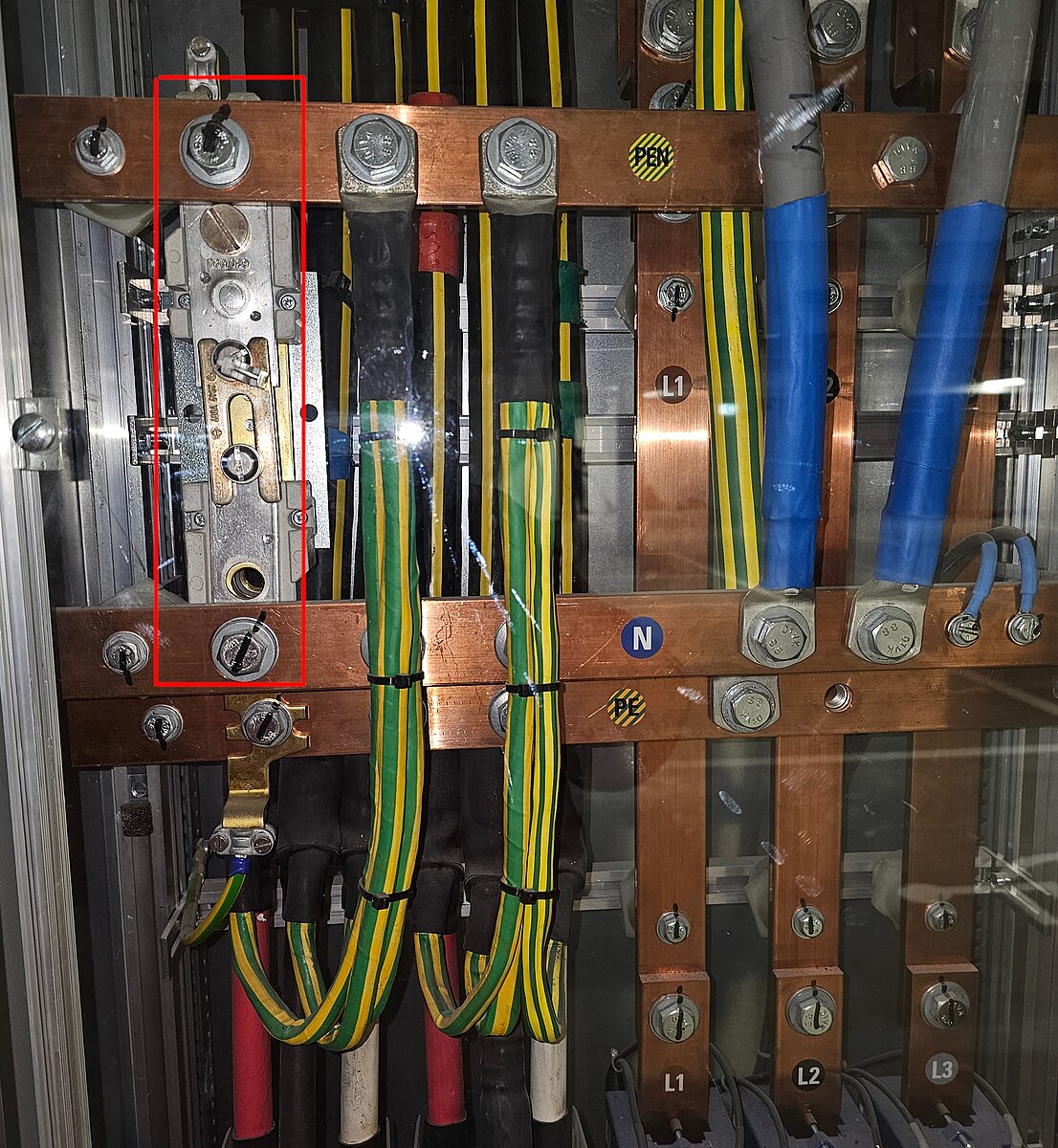
 en.wikipedia.org
en.wikipedia.org
 en.wikipedia.org
en.wikipedia.org
The SMPS is very efficient compared to old timey linear supplies. They can produce harmonic frequencies if not properly filtered however. These harmonic frequencies can cause power system transformers to overheat. Power transformers are designed to be efficient at 60 Hz. If non-linear loads like switch mode power supplies are not designed with proper internal filters they can cause utility transformers to overheat. This was more of a problem in the early days of non-linear loads. A well designed electrical system will attempt to balance the single phase loads (lighting etc) across the hot leg conductors. This will minimize neutral current flow back to the service transformer.
They used to have things like "gutter boxes." Current electrical code requires continuous grounding through the system anchored at each box. It used to just require to use the conduit as ground but connections get loose over time (example 20 years).
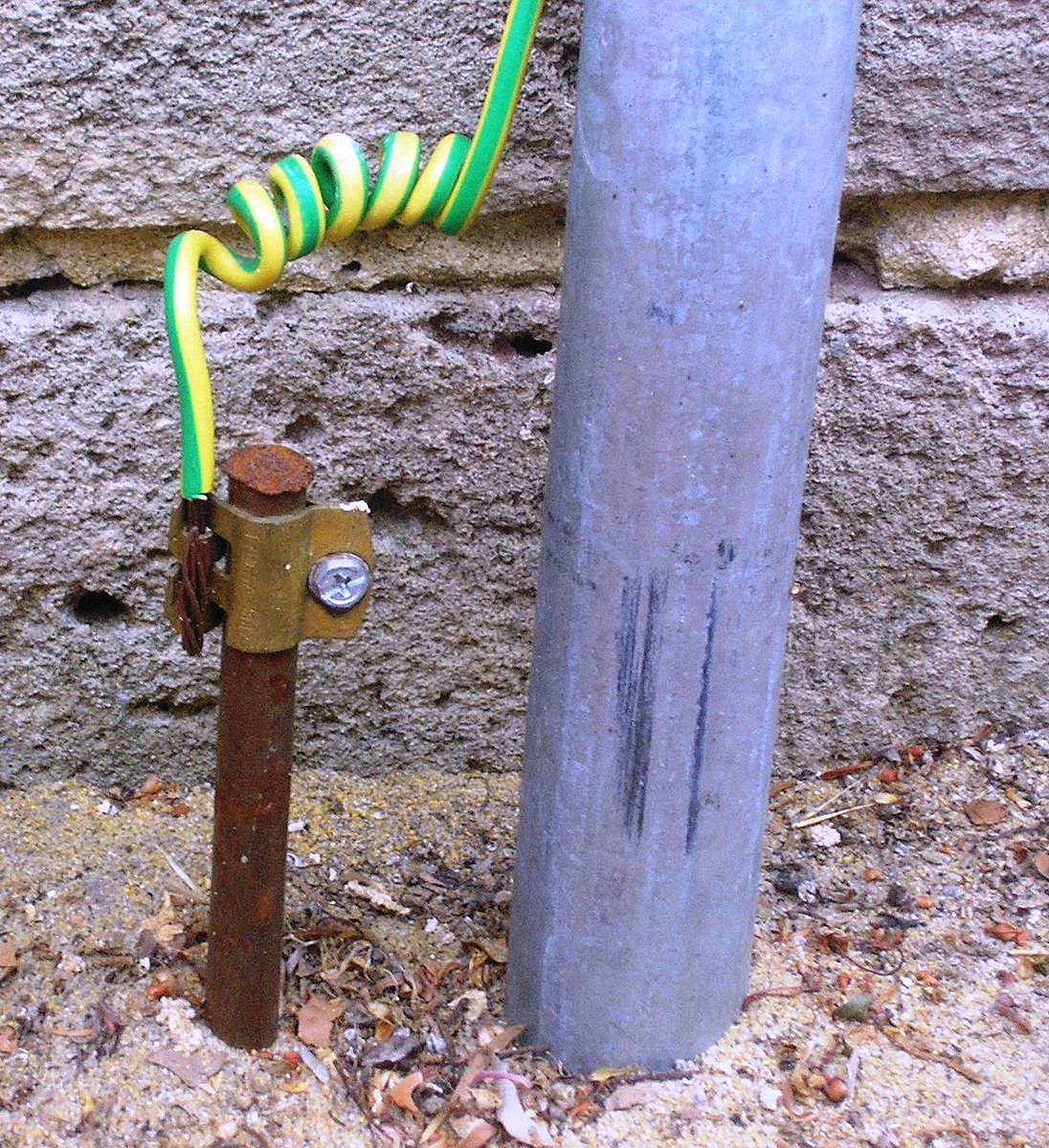
 en.wikipedia.org
en.wikipedia.org
They used to use pneumatics (pressurized air, literally from the Greek word pneuma for wind or breath), for a lot of building control systems like HVAC systems, for example. It was all operated by air (pneumatics), springs, diaphragms, ect. It mimicked DDC but with pneumatic controllers. Now everything is controlled with DDC loops. Big laundry equipment like in hotels and plumbing snakes and some pumps and stuff still use pneumatics. In the case of (very big) laundry equipment, it's due to the moist operating environment.
https://en.wikipedia.org/wiki/Direct_digital_control

 en.wikipedia.org
en.wikipedia.org
Retrofitting old buildings from boilers to heat pumps and heat exchangers specifically for heating hot water (and yes, they are more efficient), is prohibitively expensive because of the sheer volume. It can turn a $200k project into a $1 mil project.
Old buildings have higher operating expenses, more with time. But in some regards, operating expenses can be similar but the efficiency of buildings and their automated systems have increased greatly. But as a trade off, this increased efficiency often times requires more maintenance and while it does typically result in lower costs down stream, it often requires a much more substantial initial cost.
With boilers when you get over a certain horsepower, regulations require that you have a stationary engineer present to monitor it and take readings 24/7. Very expensive.
They'll still use steam boilers in the Midwest because it gets so cold. I've given other examples before like Seattle Steam Co.
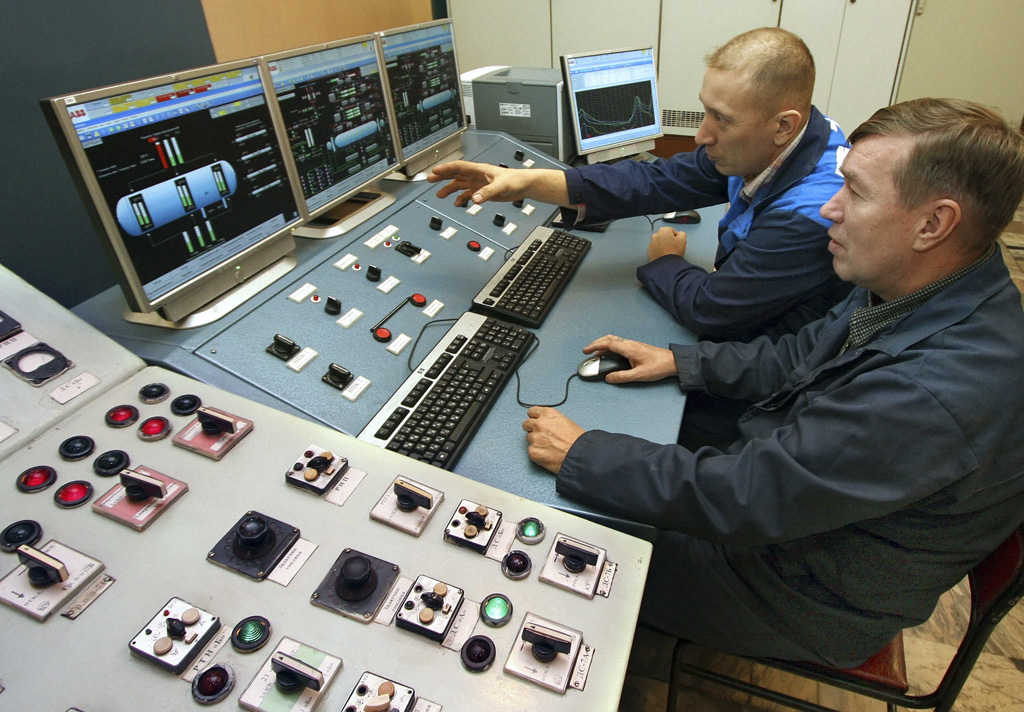
 en.wikipedia.org
en.wikipedia.org

 en.wikipedia.org
en.wikipedia.org
https://en.wikipedia.org/wiki/Heat_pump
https://en.wikipedia.org/wiki/Heat_exchanger
Old buildings used to use a two pipe system… terrible. Some old buildings like around Chicago still have them.
Old houses were water heated and even older houses were steam heated. Water and steam were used to transfer heat instead of heating the air. Most things now just have forced air.
http://www.home-heating-systems-and-solutions.com/two-pipe-system.html
Water pumps for buildings used to use things like rooftop bladder tanks. The pump would active or shutoff based on compressing air to create pressure. Now they use VFD's.

 en.wikipedia.org
en.wikipedia.org
Old buildings (1800's) wiring was an add on (since electricity was new) so it was external and wrapped around glass or ceramic insulators and nails every few feet and the wire was a wrapped in cloth (not always insulation, rubber wasn't really introduced until the early 1900's. Metal conduit became more common in the 1930's and 40's. Then by the 50's and 60's plastic insulation like PVC became more common).

Knob-and-tube wiring - Wikipedia
Most loads at the time were resistive. Simple motor loads and incandescent bulbs use more resistance. (As plug prongs become more corroded they develop more resistance (like a feedback loop)).

National Electrical Code - Wikipedia
So they had to run more conductors (more wires) through buildings.
Unbalanced current in a service flows back to the transformer in the neutral wire. If loads in a building are perfectly balanced across the hot legs (very hard to do unless all the load is 3 phase motors), no current flows in the neutral conductor.
https://en.wikipedia.org/wiki/Switched-mode_power_supply

Three-phase electric power - Wikipedia

Ground and neutral - Wikipedia
Harmonics (electrical power) - Wikipedia
The SMPS is very efficient compared to old timey linear supplies. They can produce harmonic frequencies if not properly filtered however. These harmonic frequencies can cause power system transformers to overheat. Power transformers are designed to be efficient at 60 Hz. If non-linear loads like switch mode power supplies are not designed with proper internal filters they can cause utility transformers to overheat. This was more of a problem in the early days of non-linear loads. A well designed electrical system will attempt to balance the single phase loads (lighting etc) across the hot leg conductors. This will minimize neutral current flow back to the service transformer.
They used to have things like "gutter boxes." Current electrical code requires continuous grounding through the system anchored at each box. It used to just require to use the conduit as ground but connections get loose over time (example 20 years).

Ground (electricity) - Wikipedia
They used to use pneumatics (pressurized air, literally from the Greek word pneuma for wind or breath), for a lot of building control systems like HVAC systems, for example. It was all operated by air (pneumatics), springs, diaphragms, ect. It mimicked DDC but with pneumatic controllers. Now everything is controlled with DDC loops. Big laundry equipment like in hotels and plumbing snakes and some pumps and stuff still use pneumatics. In the case of (very big) laundry equipment, it's due to the moist operating environment.
https://en.wikipedia.org/wiki/Direct_digital_control
Pneumatics - Wikipedia
Retrofitting old buildings from boilers to heat pumps and heat exchangers specifically for heating hot water (and yes, they are more efficient), is prohibitively expensive because of the sheer volume. It can turn a $200k project into a $1 mil project.
Old buildings have higher operating expenses, more with time. But in some regards, operating expenses can be similar but the efficiency of buildings and their automated systems have increased greatly. But as a trade off, this increased efficiency often times requires more maintenance and while it does typically result in lower costs down stream, it often requires a much more substantial initial cost.
With boilers when you get over a certain horsepower, regulations require that you have a stationary engineer present to monitor it and take readings 24/7. Very expensive.
They'll still use steam boilers in the Midwest because it gets so cold. I've given other examples before like Seattle Steam Co.

Stationary engineer - Wikipedia

Seattle Steam Company - Wikipedia
https://en.wikipedia.org/wiki/Heat_pump
https://en.wikipedia.org/wiki/Heat_exchanger
Old buildings used to use a two pipe system… terrible. Some old buildings like around Chicago still have them.
Old houses were water heated and even older houses were steam heated. Water and steam were used to transfer heat instead of heating the air. Most things now just have forced air.
http://www.home-heating-systems-and-solutions.com/two-pipe-system.html
Water pumps for buildings used to use things like rooftop bladder tanks. The pump would active or shutoff based on compressing air to create pressure. Now they use VFD's.

Variable-frequency drive - Wikipedia
Last edited:
